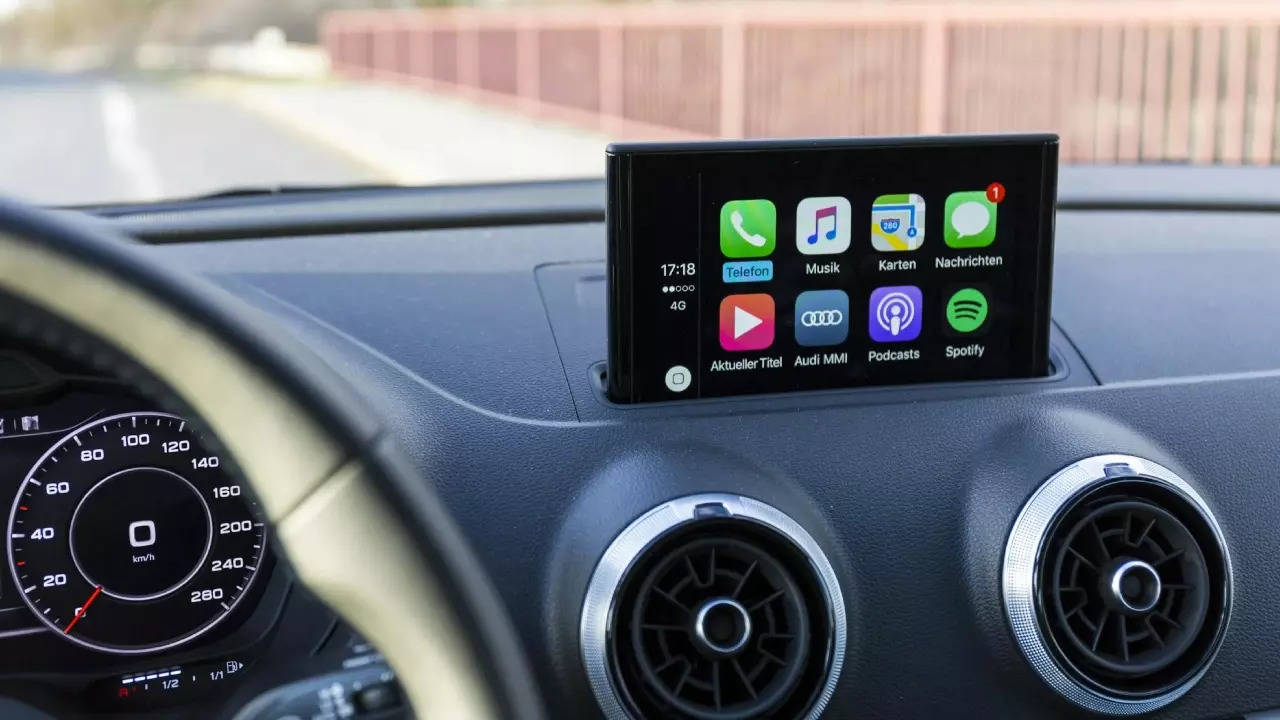What is e-waste in the auto sector?
E-waste, in simplest terms, means discarded electrical or electronic devices, and in the auto sector, this includes everything from infotainment systems, driver’s display and other sensors and input/output devices.As modern-day cars become more reliant on electronic systems for functionality, convenience and performance and OEMs battle among themselves to offer a longer list of features, the amount of e-waste generated by the auto sector holistically has also been on a rise.
A train station inside Maruti’s car factory: What it does and how
What gives rise to e-waste in the auto sector?
One of the primary reasons behind the rise of e-waste in the auto industry is the rapid adoption of technological advancement. Newer, more sophisticated electronic components are constantly being deployed in modern day passenger vehicles, even in two-wheelers and commercial vehicles. However, as older components become obsolete, they are often discarded, contributing to the e-waste problem.
Also, these electronic systems and components have relatively short lifespans compared to the overall lifespan of the vehicle. Hence, when these components fail or become outdated, they are often replaced rather than repaired, leading to the accumulation of e-waste.
Additionally, the lack of standardized recycling processes for electronic components in the auto industry further contributes to the problem. Unlike materials such as metal or plastic, electronic components often contain hazardous substances like lead, mercury, and cadmium, making them difficult to dispose of safely.
E-waste in auto sector: What lies ahead?
While OEMs, component suppliers, and other related industries have already started adopting sustainable practices across their operations, there are also industry stakeholders that are making efforts to develop more environmentally friendly recycling processes for electronic components. However, there are certain challenges as well. For example, the amount of e-waste generated is relatively very higher than the infrastructure that we currently have to recycle the lots.
Additionally, consumers can also do their part by properly disposing of the electronic components at designated recycling facilities, which will help in mitigating the environmental impact of e-waste.


